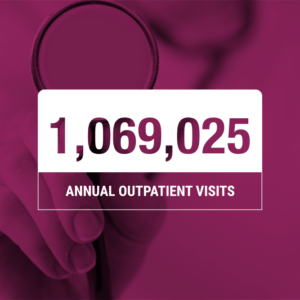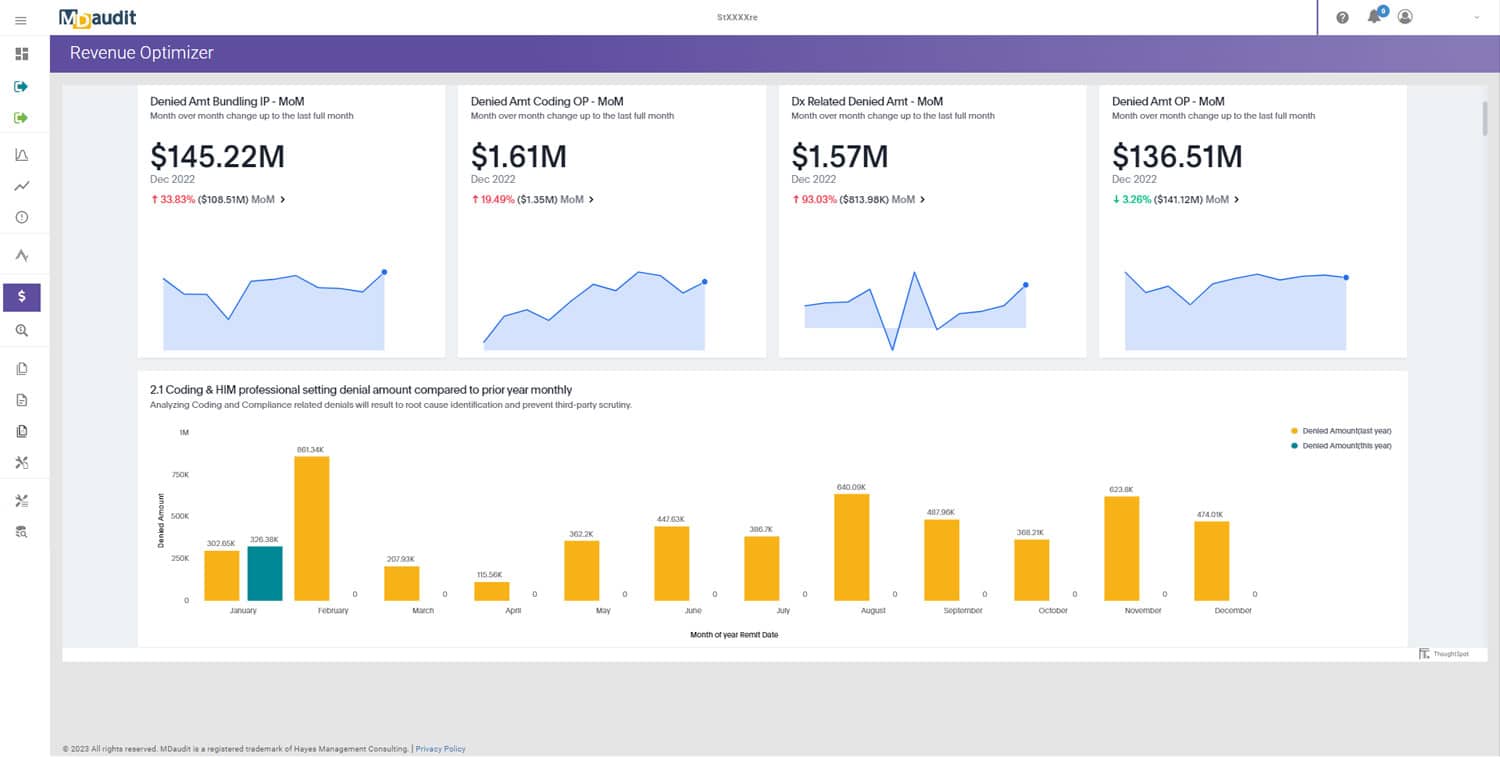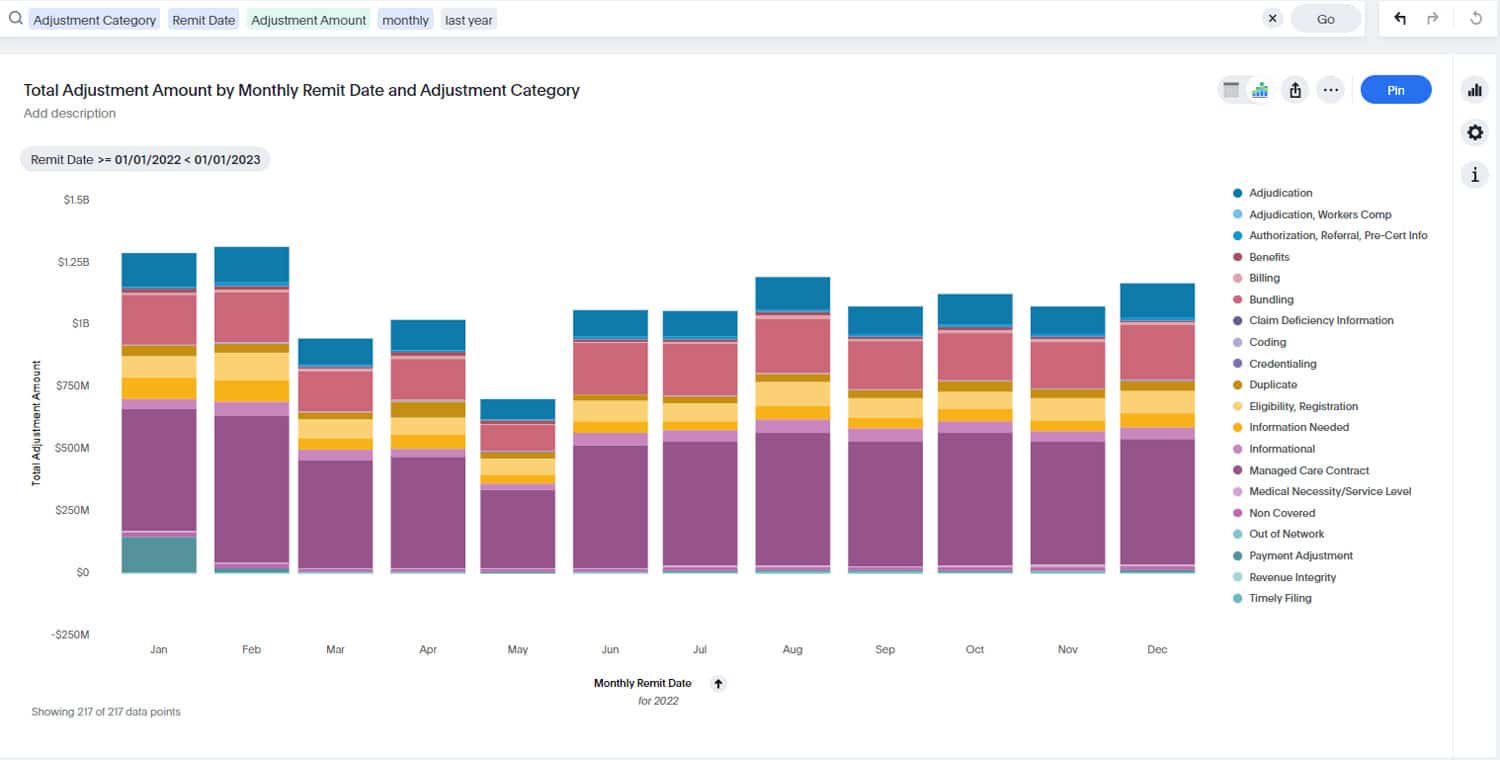Cross-payer analytics have become an essential tool for healthcare compliance and revenue integrity teams. By comparing denial patterns across multiple payers, organizations can identify whether a challenge is systemic, payer-specific, or rooted in internal processes. This capability transforms anecdotal payer disputes into data-driven intelligence.
But analytics alone don’t close the loop. Once systemic patterns are identified, the next question is: what do we do with these insights? For compliance, HIM, and revenue integrity leaders, the answer lies in education. Audit findings and cross-payer insights must be operationalized through targeted coder education programs. Only then do organizations move from spotting trends to preventing them.
At MDaudit, we’ve built a platform where Cross-Payer Analytics flow directly into the Coder Workflow. This natural progression transforms insights into action, ensuring coders not only understand payer behavior but also adapt in real time.
Why Cross-Payer Analytics Matter
Eliminating Guesswork
One payer’s denial might be chalked up to an outlier. But when multiple payers deny the same service for similar reasons, the issue points inward, to documentation or coding. Conversely, if only one payer denies a service while peers reimburse, the problem is external and belongs at the negotiation table.
Early Warning System
Cross-payer analytics detect shifts in payer focus before they escalate into widespread denials. A spike in outpatient imaging denials from one commercial carrier, for example, may foreshadow policy drift that others will soon follow.
Prioritization of Risk
Not all denials have the same impact. By normalizing denial categories across payers, compliance teams can prioritize coder education where financial and compliance risk is greatest, such as specialty pharmacy, DRGs, or high-cost outpatient services.
The Gap Between Insights and Action
Organizations often excel at producing reports but falter at acting on them. Denial trends are circulated via spreadsheets or dashboards, but coders may never receive direct, case-based feedback. The result is that the same errors are repeated, payer denials persist, and revenue leakage continues.
Closing this gap requires a structured approach:
- Capture denial and audit intelligence across payers.
- Normalize categories for consistent analysis.
- Translate findings into coder-level feedback.
- Deliver targeted education in real time.
- Re-measure outcomes to confirm improvement.
This is where MDaudit’s Coder Workflow bridges the divide.
How MDaudit Operationalizes Insights
Automated Capture
Audit Workflows centralize audit results. Revenue Optimizer aggregates denial trends across payers. Together, they provide a complete picture of systemic issues.
Targeted Education Delivery
Insights don’t stop at reports. They feed into Coder Workflow, where coders receive case-based feedback tied to real denials. Instead of abstract trends, they see examples directly connected to their work.
Continuous Feedback Loop
Education packages are created automatically, shared with coders, and tracked for completion. Repeat issues are flagged, ensuring accountability and measurable improvement.
Closed-Loop Reporting
MDaudit’s analytics quantify the impact of education: reduced denials, improved coder accuracy, and shorter A/R days. Leaders don’t just hope education works; they see the results in real time.
Scenarios: Education in Action
Specialty Pharmacy Claims
Cross-payer analytics show multiple denials for infusion drugs tied to diagnosis specificity. Coders receive education on payer requirements, resulting in a 30% drop in denials within a quarter.
DRG Downgrades
Audit findings reveal MCC/CC documentation gaps across payers. Coders are retrained with case examples, improving DRG accuracy and reducing takebacks.
Imaging Prior Authorizations
One payer denies imaging claims for missing prior authorization, while others do not. Cross-payer evidence points to external inconsistency. Coders are educated to document authorization details more clearly, while managed care escalates the outlier to negotiation.
Medicaid MCO Variability
Denials vary widely across Medicaid managed care plans. Coders receive training on state-specific requirements, while leaders engage regulators with evidence of payer inconsistency.
Building a Governance Model
Cross-Functional Ownership
Compliance, HIM, revenue integrity, and managed care all share responsibility for translating analytics into education.
Structured Cadence
- Weekly: review new denial trends.
- Monthly: assign targeted coder education.
- Quarterly: measure financial and compliance impact.
Transparency and Feedback
Coders see the direct link between payer denials and their education, and leaders see measurable outcomes tied to organizational goals.
Executive Perspectives
CFOs
Education informed by analytics reduces preventable denials, stabilizing cash flow and lowering the cost of appeals.
Compliance Officers
A documented loop from audits to education demonstrates proactive compliance during regulatory reviews.
HIM Leaders
Targeted education improves coder accuracy, reduces rework, and supports professional development.
Managed Care Leaders
Insights inform negotiations by separating internal coding issues from payer-driven behavior.
Future Outlook: AI-Powered Education
With AI-Powered Technology, the future of coder education will be predictive. AI will:
- Auto-cluster denial themes across payers.
- Recommend education packages for at-risk coders.
- Forecast future coding vulnerabilities.
- Personalize education based on individual coder profiles.
From Insight to Impact
Cross-payer analytics are invaluable, but their true power lies in what comes next. By integrating audit findings into coder education, organizations prevent denials before they happen, improve coding accuracy, and strengthen payer relationships.
With MDaudit, this progression is seamless. Revenue Optimizer identifies systemic risks, Coder Workflow operationalizes education, and Audit Workflows close the loop. The result is a continuous cycle of insight, action, and measurable impact.
To learn how your organization can connect cross-payer insights directly to coder education, visit our demo request page or contact us.







